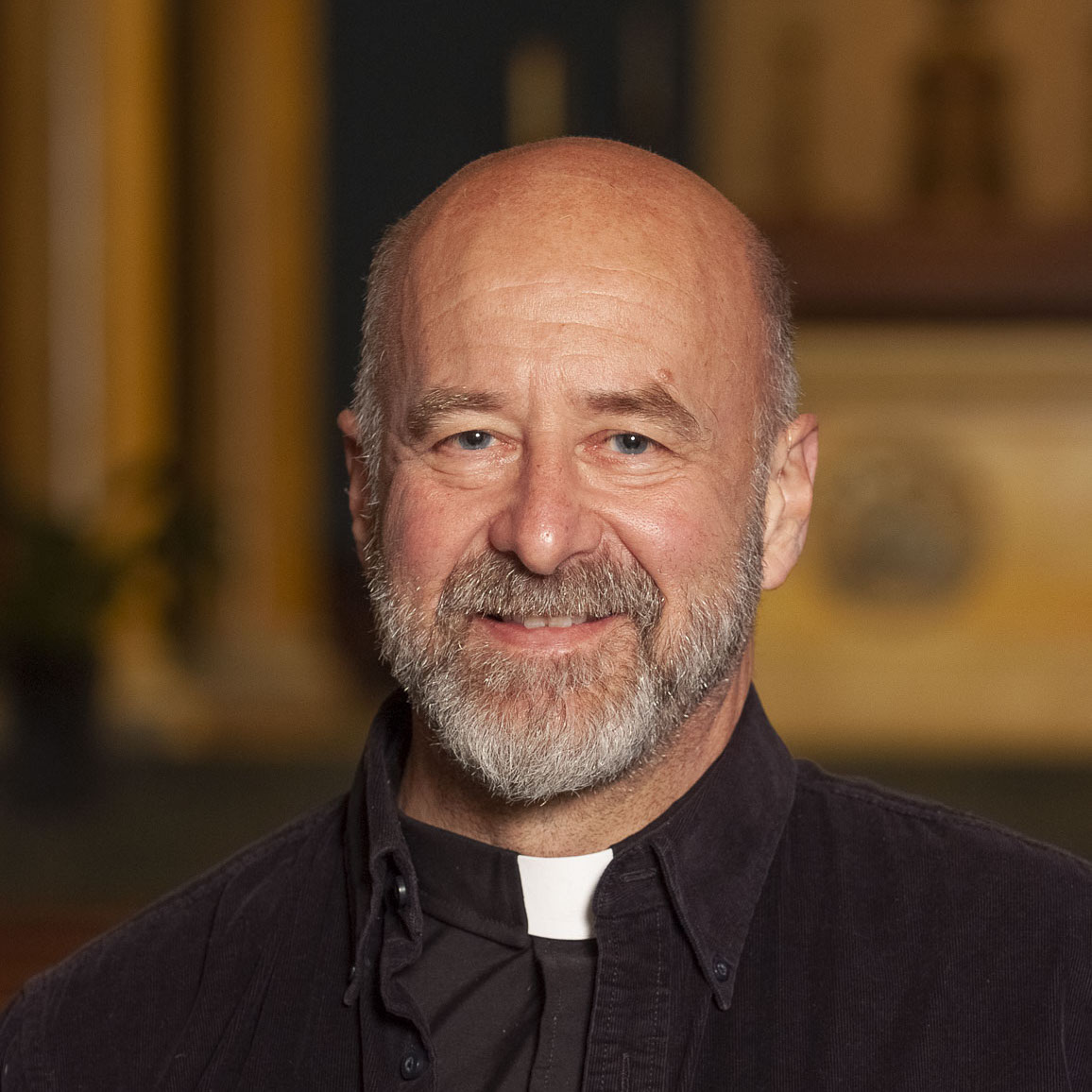There was a T-shirt on the market last year
The “personal ordinariate” is a structure whereby Anglicans will be able to come into full communion with the Holy See. Individuals, congregations, parishes, religious communities, whole dioceses and provinces will be able to maintain their Anglican traditions, use the Anglican Use Roman liturgy, see their married priests ordained to serve as Catholic priests, and even have their own “ordinary” (akin to their own bishop). Think of a mixture of the system used to minister to the military and the semi-autonomous structure that the Eastern Rite Catholics enjoy.
The Archbishop of Canterbury looked a bit like a deer in the headlights at the press conference in London today, where he admitted that he was not consulted about this step and was only informed about it two weeks ago. Nevertheless, he should have seen it coming: Not only has the Traditional Anglican Communion been publicly courting the Vatican, but two of his own traditionalist bishops were in a “secret” meeting with the Vatican last Easter.
The archbishop and the rest of the established Anglican Communion regarded the dissenters in their ranks as a rather troublesome sore that, in time, they hoped would go away. Even so, the mainstream Anglican response will be the lofty response usually given by those who are in established institutions to upstarts. With a casual wave of the hand they will imagine that the traditionalist Anglicans are just an eccentric rump. They will regard the Traditional Anglican Communion, Forward in Faith, and all the other traditionalist groups as “garage churches” — little schismatic groups who trouble the great Anglican Communion as a fly might annoy an elephant.
What will be the Anglican response to Benedict’s invitation? The Vatican has played the trump card for all the schismatic Anglican groups that call themselves “Catholic.” Rome has said, “If you really want to be “Catholic Anglicans,” come on in.” These schismatic traditionalist Anglican groups will now have to either use the new provision or stop pretending. As for the non-“Catholic” Anglican schismatic groups, they will simply go their own way, forming yet more Anglican churches and splinter groups.
For mainstream Anglicans, the right thing would be for the Anglican Communion worldwide to face this challenge squarely and put their own provisions in place for Anglo-Catholics to leave and take their buildings and resources with them. The Anglicans across the world should realize that their communion is shrinking and look at things from a practical point of view. They already have too many buildings and staff members to maintain. What would be the point of having a great Anglo-Catholic church if there is nobody there to fill the pews? In English cities, there are plenty of Anglican churches that could very easily be handed over. Corporations downsize all the time. Part of that process is stripping out and getting rid of the properties they no longer need.
The Anglicans should be realistic and set up the procedures for an Anglican-Use Roman Catholic parish in every town. That would solve their problem of the troublesome Anglo-Catholics and free them to then turn the Anglican Church into the Politically Correct Church of Christ. While this would be the sensible and Christian way forward, it is unlikely to happen. Instead, be prepared for more property battles as disaffected Anglicans attempt to leave and take their assets with them.
What are the wider implications of this move? First of all, the Holy Father has effectively closed down the Anglican-Roman Catholic ecumenical discussions. Of course they will still go on, but the discussions will be like those days of detente where Americans and Russians met, drank tea, shook hands for the cameras, made a bland statement, and went home. Instead of “searching for ways to overcome obstacles,” the pope has given a concrete way for the obstacles to be overcome.
Secondly, the personal ordinariate may provide a model for the reunion of other groups with Rome. It has always been Benedict’s view that the way forward ecumenically is to replicate the existing structures that the Eastern Rite churches enjoy, and that this can be done with new flexibility and creativity. Pundits are already wondering whether this same model might assist the Society of St. Pius X to come into full communion, and once the Eastern Orthodox see it working well, they too might find ways to reunite with the ancient See of Rome.
Finally, what are the implications for the Catholic Church herself at the beginning of the new millennium? Not only is this Apostolic Constitution a rebuff to the old style of ecumenical discussions, it is a rebuff to liberal Catholics. The pope is giving a very clear message to those who wish to follow the historic Christian faith: “Let us be united in the One Faith, One Church, One Baptism.” He is willing to take risks to welcome those who follow the historic Christian faith, although separated from full communion with Rome. On the other hand, he sees those who prefer the modern gospel of relativism, sexual license, and a denial of the historic Christian faith that have taken over the mainstream Protestant churches. He knows there are plenty of them in the Catholic Church, and to them Benedict is quietly saying, “There’s the door.”
Orthodox. Faithful. Free.
Sign up to get Crisis articles delivered to your inbox daily
